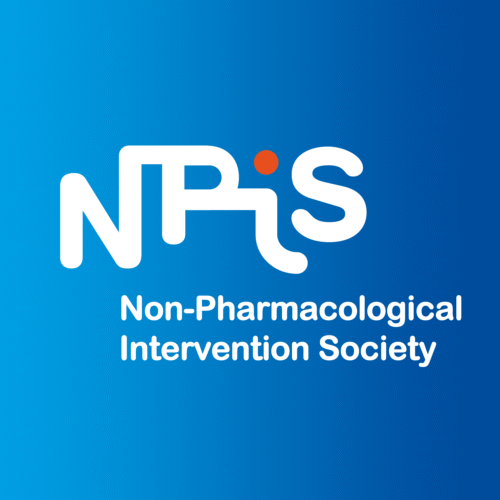Method of Somatosensory Pain Rehabilitation (SPR): Why, How and When?
Claude Jacques SPICHER, McGill University, CANADA
Background:
Neuropathic pain has long been misunderstood as a result of peripheral or central sensitization. Modern neuroscience, particularly Melzack’s neuromatrix, shifted this paradigm, identifying pain as an output from a complex brain network. This reconceptualization incorporates neuroanatomy of the peripheral nerve branches (n=240) and pain’s anthropological and somatosensory dimensions into treatment. Clinical evidence highlights that neuropathic pain coexists with tactile hypoaesthesia, in paradoxical forms like Static Mechanical Allodynia (SMA), pain arising from touch-evoked HYPOaesthesia due to Aβ axonal lesions.
Methods:
The method of Somatosensory Pain Rehabilitation (SPR) aims to reverse spinal, supra-spinal and cortical sensitization by enhancing the quality of touch perception. It avoids direct contact with painful zones and promotes daily tactile retraining. Following a clinical anamnesis, the mapping of territory can start: 1). Hypoaesthetic e.g.: the localization of burning pain sensation often corresponds to hypoaesthetic territory or 2). Touch-evoked painful HYPOaesthesia – extent of allodynia (n=6809). Over 4,000 patients have undergone this method. Evidence levels range from 2b to 2c, depending on study design (prospective cohorts, retrospective reviews and neuroscience-based analyses).
Results:
Studies demonstrate a significant reduction in neuropathic symptoms following the method of SPR. In patients with CRPS, SMA was linked with slight tactile hypoesthesia (i.e.: mean Pressure Perception Threshold: 2.8gf). This method led to substantial improvements in pain metrics, with effect sizes (Cohen’s d) exceeding 2.0. The therapy’s success relies on adaptive neuroplasticity and/or restoration of the tactile-pain inhibition.
Conclusion:
The method of SPR offers a structured, evidence-based intervention to neuropathic pain management by leveraging the somatosensory nervous system. It represents a shift from pharmacological to somatosensory strategies, empowering patients and clinicians through shared decision-making especially WHEN other trialed treatments fail to meet patients’ objectives. The method’s community of practice (n=1560 participants across 46 countries) underscores its clinical relevance and ethical commitment to patient dignity and autonomy.


